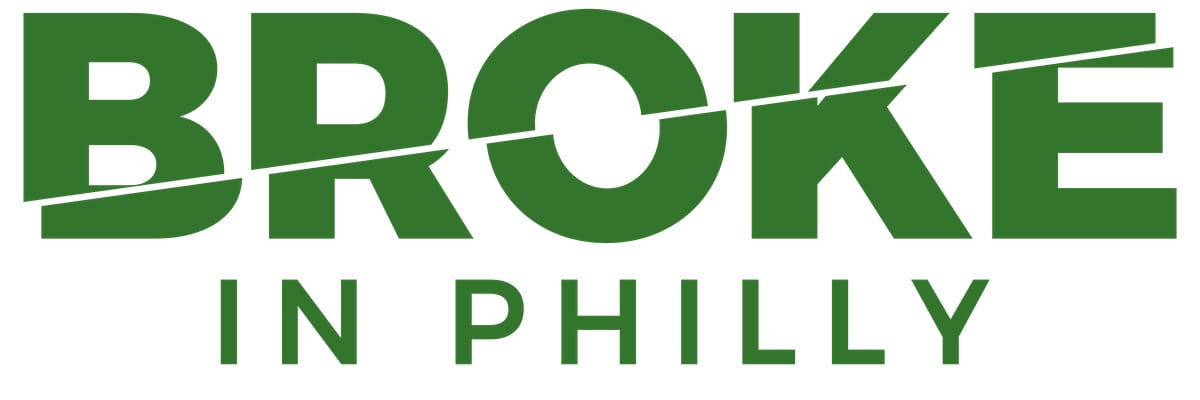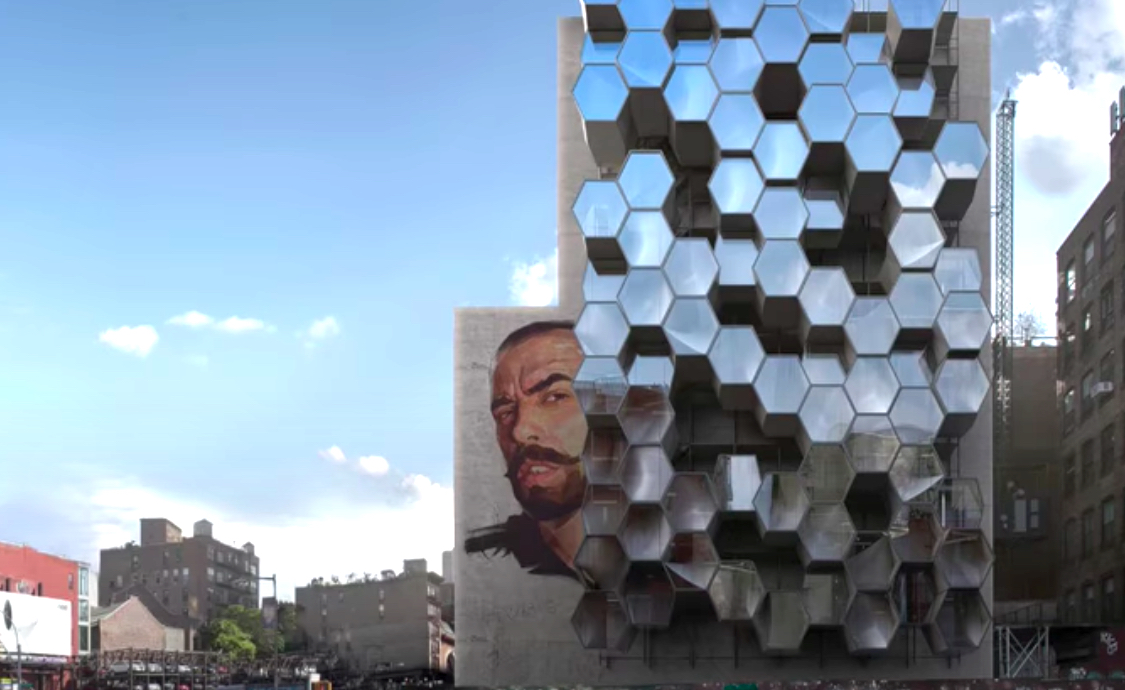
Technical.ly is one of 20+ news organizations producing Broke in Philly, a collaborative reporting project on solutions to poverty and the city’s push toward economic justice.
Wherever people experience homelessness, others are working to address it with innovation.
Recently, I catalogued some of the more notable homeless services innovations from the past two decades. Taken individually, many of these interventions do have a certain creative spark. In aggregate, though, disturbing themes emerge.
Sometimes, the things we call innovative really are ingenious technological advancements or solutions to complex problems. But often what we call innovative is distracting, or even damaging.
It’s important to evaluate our approaches now, as the pandemic crushes core services, erodes housing affordability and increases homelessness. Homelessness increased nationally, though an array of federal programs appear to have lessened how dramatically that could have spiked.
For example, this fall the White House announced that Philadelphia would receive $42 million and 863 emergency housing vouchers, with a goal to provide housing to 3,000 people, as part of its Housing America initiative. The assistance is certainly welcome, as the city’s Office of Homeless Services reports about 5,700 people are homeless in Philadelphia, including about 950 of whom are unsheltered. It was also recently reported that the number of homeless high school students in Philadelphia is thought to be four times higher than previously assumed.
As we proceed with the Housing America initiative, and continue to address a homelessness crisis that freezing winter temperatures may make worse, it is important to also evaluate past “innovative” interventions. I found four themes across decades of homelessness interventions: repurposing trash; parasitic development; mobile impermanence and disappearing people. Here are those themes in greater detail.
Trash, parasites, pods and subway tunnels
The first theme I discovered in homeless services interventions was “trash” or “garbage.” For example, in 2009, 12-year-old Max Wallack won a “Trash to Treasure” competition with the Home Dome, a one-person shelter made out of packing peanuts. In 2012, German designer Philipp Stingl created plastic “housing containers” made to resemble dumpsters. In 2017, the New York Post featured a “human container” that is designed to house a single person on the street and which is also disguised as a dumpster. In 2020, an English designer created “plastic sleep pods” out of actual trash cans. In 2021, an Oakland-based artist designed so-called “garbage homes” — built from trash and insulated with trash — for people experiencing homelessness.
The second theme I noticed is the language and imagery of “parasites.” For example, since 1998, “paraSITE” shelters” — which are inflatable shelter pods that connect to a building’s exterior heating vents — have appeared in various United States cities. In recent years, proposals have also been submitted for “parasitic pods” that can attach to the exterior of the buildings themselves. In 2015, the Chicago Architecture Biennial featured “micro-dwellings,” which are temporary structures meant to house people inside abandoned or unfinished high-rise buildings. In 2021, Seattle optioned designs for similar City Pods meant to be set up in empty warehouses. Collectively, these interventions have come to form an entire genre of architecture known as “parasitic constructions,” “parasitic projects,” “parasitic structures” or simply “parasitic architecture.”
The third theme I noticed was “portability,” in the sense of “impermanence.” For example, in 2006, Korean designers created the “Pump and Jump,” an inflatable and portable shelter for people experiencing homelessness. In 2009, Italian designers created their own portable shelter for the “modern urban nomad” that is essentially a rolling aluminum wheel with expandable tents. In 2013, a Utah man designed portable metal “survival pods” for people experiencing homelessness. Later that year, similar pods appeared in South Florida and in Sacramento. Then, in 2015, “dream pods” for people experiencing homelessness appeared in Tucson, Arizona. In 2016, Sacramento entrepreneurs designed “portable sleeping shelters” on wheels. That same year, temporary wooden “shelter pods” started appearing in Dublin, Ireland. In 2018, wooden “sleeping pods” also popped up in London, England, while the German city of Ulm designed solar-powered “sleeping pods” for use in the winter.
The last major theme I recognized was the notion of moving people “underground” or simply “out of the way.” For example, in 2019, designers in London proposed turning an abandoned underground subway station into a “hostel for homeless people.” That same year, the winning design at the International Builders’ Show in Las Vegas, Nevada, was a plan to design living spaces for homeless people inside concrete pipes. Also that year, the city of Oakland, California explored moving its homeless population onto empty cruise ships. Meanwhile, in 2021, unused shipping containers were described as a “refuge” for people experiencing homelessness in Newark, New Jersey.
Innovative, but not humane
Each of the interventions I’ve described is innovative. Each one is certainly creative. I also like to think that each one emerged from a genuine desire to alleviate the real suffering of people experiencing homelessness. But in a larger context, these interventions prove distracting from core issues and insulting to the people closest to this struggle.
Taken together, these interventions perpetuate the myth that people experiencing homelessness are a different class or species of human being — so-called “street people” or “parasites.” They imply that people experiencing homelessness come from the streets, belong to the streets, and are even composed of the same “stuff” as the streets — trash.
These interventions reinforce the idea that while people experiencing homelessness deserve some kind of accommodation to protect them from the elements, they only deserve second-class accommodations. These accommodations are either portable tents, temporary pods, or structures designed to be used in abandoned, in-between, or unfinished spaces. In each case, the needs of people experiencing homelessness are considered a social and architectural afterthought.
These interventions also individualize the problem of homelessness by presenting interventions only at the level of the individual person, pod or building. They ignore the social, political and economic factors that shape an individual’s circumstances, opportunities and access to resources. They ignore the social, political and economic factors that shape a city’s housing supply, eviction practices, rent controls, etc. They also ignore the fact that safe, affordable, adequate housing is an international human right — and that human rights are not optional.
What we’re left with is the overarching theme that people experiencing homelessness do not matter enough to merit a permanent solution — a permanent home. In the best-case scenario, society can offer them a modern twist on a tent, a box or a cocoon. In the worst-case scenario, society can simply move them underground, offshore — anywhere, as long as it’s out of sight.
Not a home
When you first read about these interventions, it’s easy to feel reassured that there are many creative minds working diligently to address homelessness — and in a sense that is true. Yet they are also misguided. Here’s why:
A dome made out of packing peanuts is not a home. A “housing container” is not a home. A “human container” is not a home. A trash can is not a home. A “micro-dwelling” is not a home. A “City Pod” is not a home. A “paraSITE shelter” is not a home. A “parasitic pod” is not a home. A “Pump and Jump” is not a home. A tent is not a home. A wooden box is not a home. A “survival pod,” “dream pod” or “shelter pod” is not a home. A subway station is not a home. A concrete pipe is not a home. A cruise ship is not a home. A shipping container is not a home.
None of these things is a home. None of these things is a form of permanent, affordable and dignified housing. Innovation is important, but in order for it to be effective it needs to be precise. Stop-gap approaches may be a necessary measure in times of acute crisis, not as long-term solutions. Innovations from well-intentioned observers from afar risk competing with the true pursuit of “rare, brief and non-recurring” homelessness.
In the context of homeless services, innovation needs to move us closer to a fully realized human right to housing — not more tents, pods or makeshift shelters.
Join the conversation!
Find news, events, jobs and people who share your interests on Technical.ly's open community Slack

Philly daily roundup: Student-made college cost app; Central High is robotics world champ; Internet subsidy expiration looms

Philly daily roundup: Earth Day glossary; Gen AI's energy cost; Biotech incubator in Horsham

Philly daily roundup: Women's health startup wins pitch; $204M for internet access; 'GamingWalls' for sports venues

